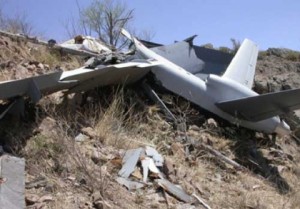Reagan? No, Regin — Yet Another [GCHQ] Intelligence Malware
Recently, computer security firm Symantec reported discovery of another intelligence-gathering malware, dubbing it “Regin.”
What’s particularly interesting about this malware is its targets:
- It infected computers in Afghanistan, Austria, Belgium, India, Iran, Ireland, Mexico, Pakistan, Russia, Saudia Arabia;
- At 48% of total infections, the largest group of targets were private individuals and small businesses.
Please do read Symantec’s blog post and its technical paper on Regin to understand how it works as well as its targets. Many news outlets either do not understand malware and cybersecurity, or they get facts wrong whenever major malware attacks are reported. Symantec’s revelation about Regin is no different in this respect.
Independent.ie offers a particularly exceptional example distorting Symantec’s report, claiming “Ireland is one of the countries worst hit globally by a dangerous new computer virus that spies on governments and companies, according to a leading technology firm.”
If by “worst hit,” they mean among the top four countries targeted by this malware? Sure. But only 9% of the infections affected Irish-based computers, versus 28% of infections aimed at Russian machines, and 24% affecting Saudi machines. The Independent.ie’s piece reads like clickbait hyperbole, or fearmongering, take your pick.
What wasn’t addressed by the Independent.ie and numerous other outlets, including those covering the tech sector are some fundamental questions:
- What assets or activities might the targeted countries have in common that would make them targets of a single intelligence operation organized by one or more nation-states?
- What are so many private individuals and small businesses targeted by this malware, in contrast to other malware-based intelligence-collection operations seen to date?
The Guardian came closest to examining these issues, having interviewed researchers at computer security firm F-Secure to ask the origins of the malware. As of 24-NOV-2014, the firm’s Mikko Hypponen speculated that the US, UK, and/or Israel were behind Regin’s development and deployment.
As of the video embedded above, Hypponen firmly says the UK’s intelligence entity GCHQ is behind Regin, in particular the malware’s invasion of a Belgian telecom network (see video at 07:20). Read more →

